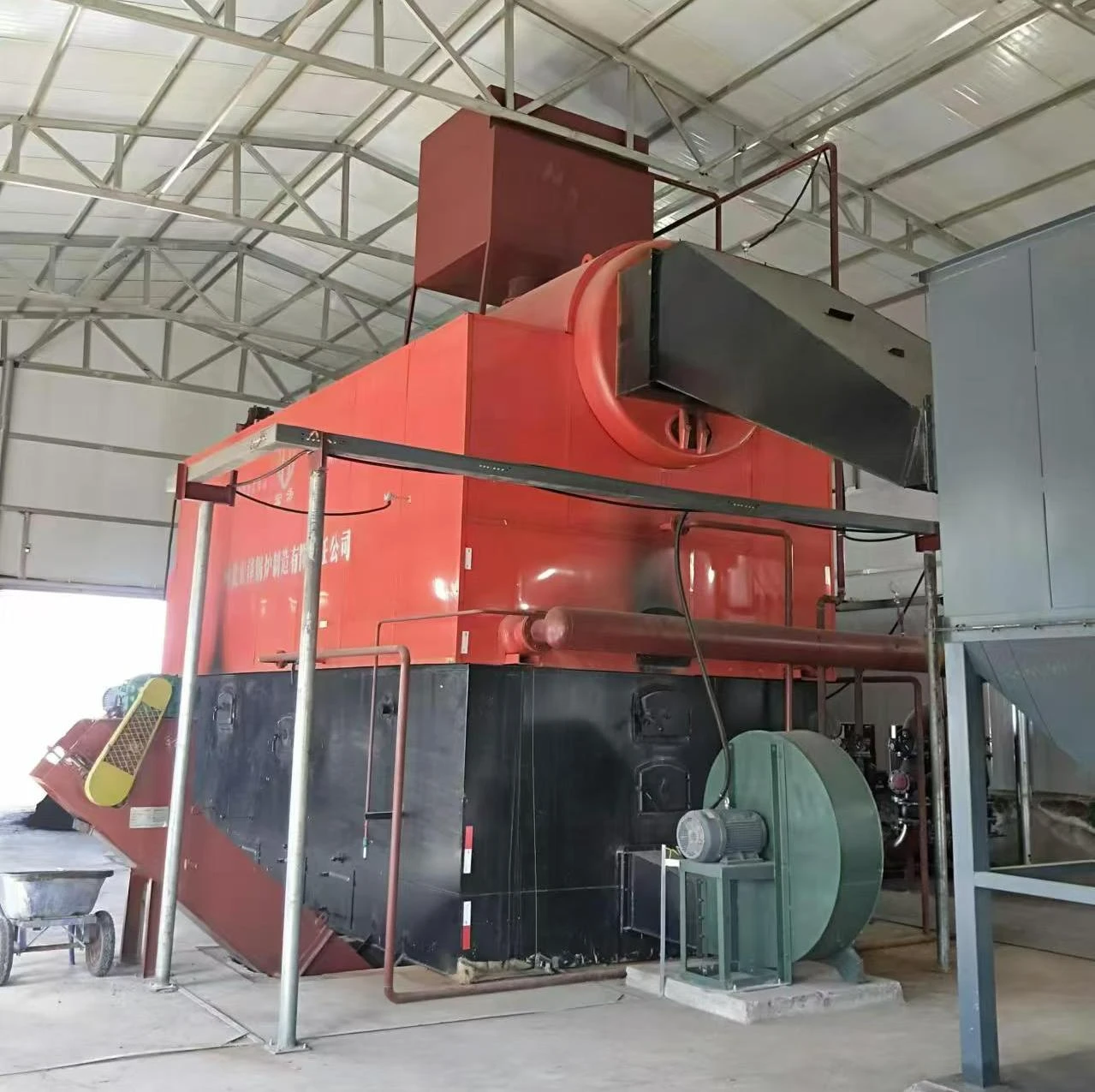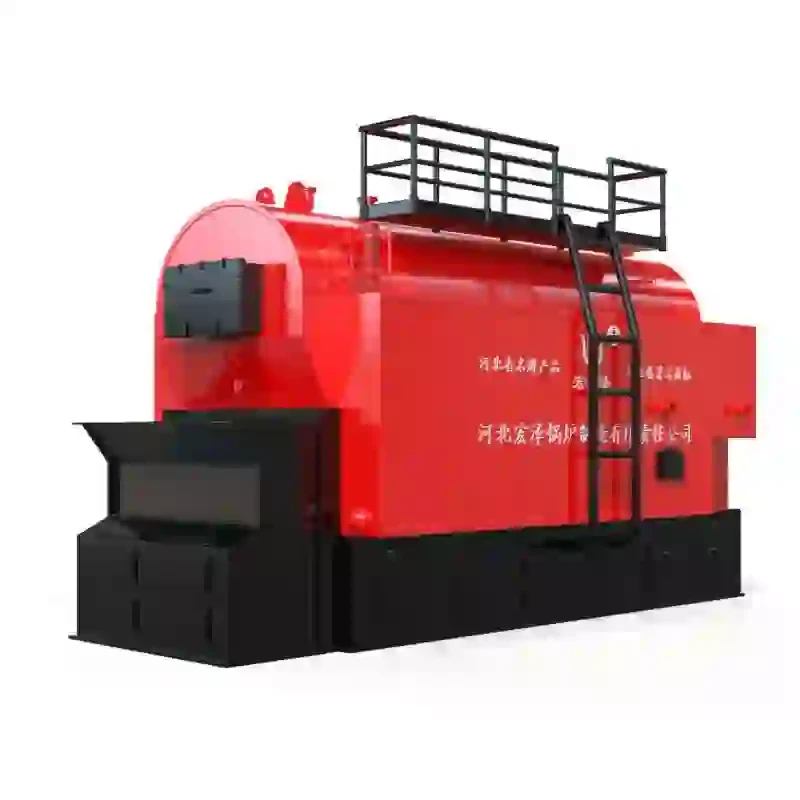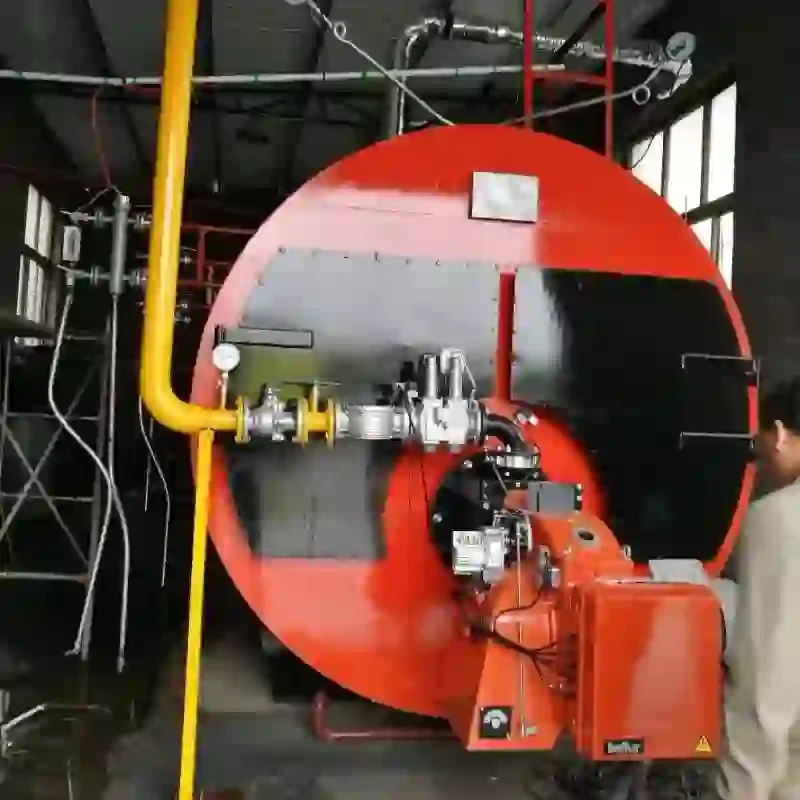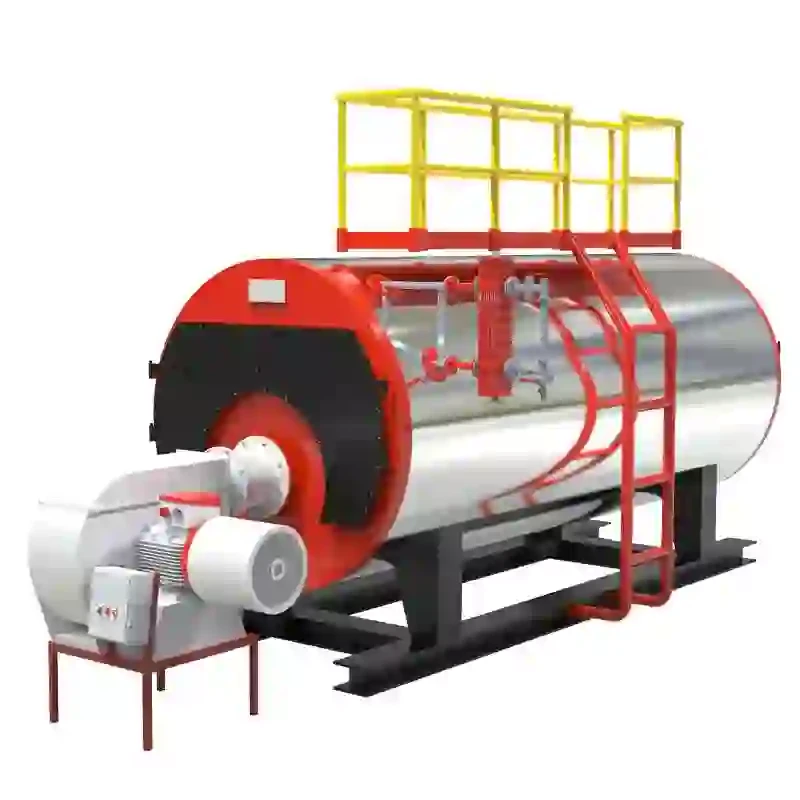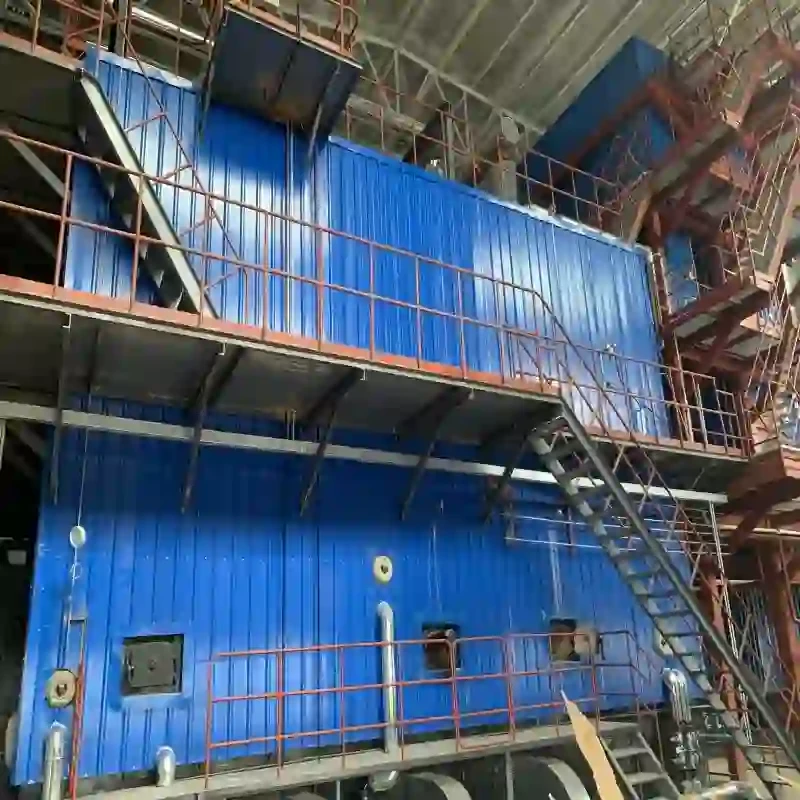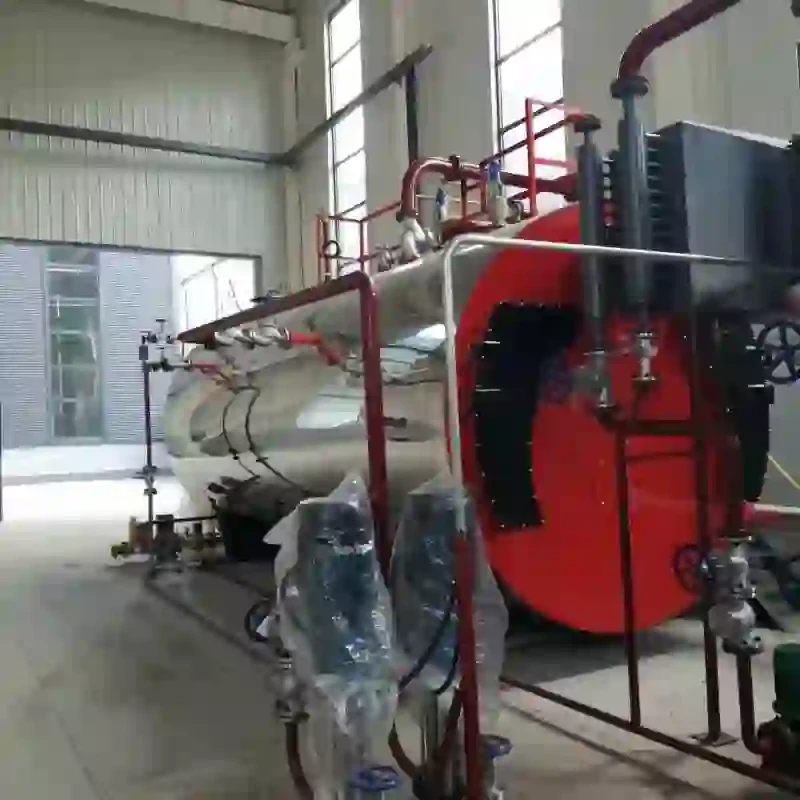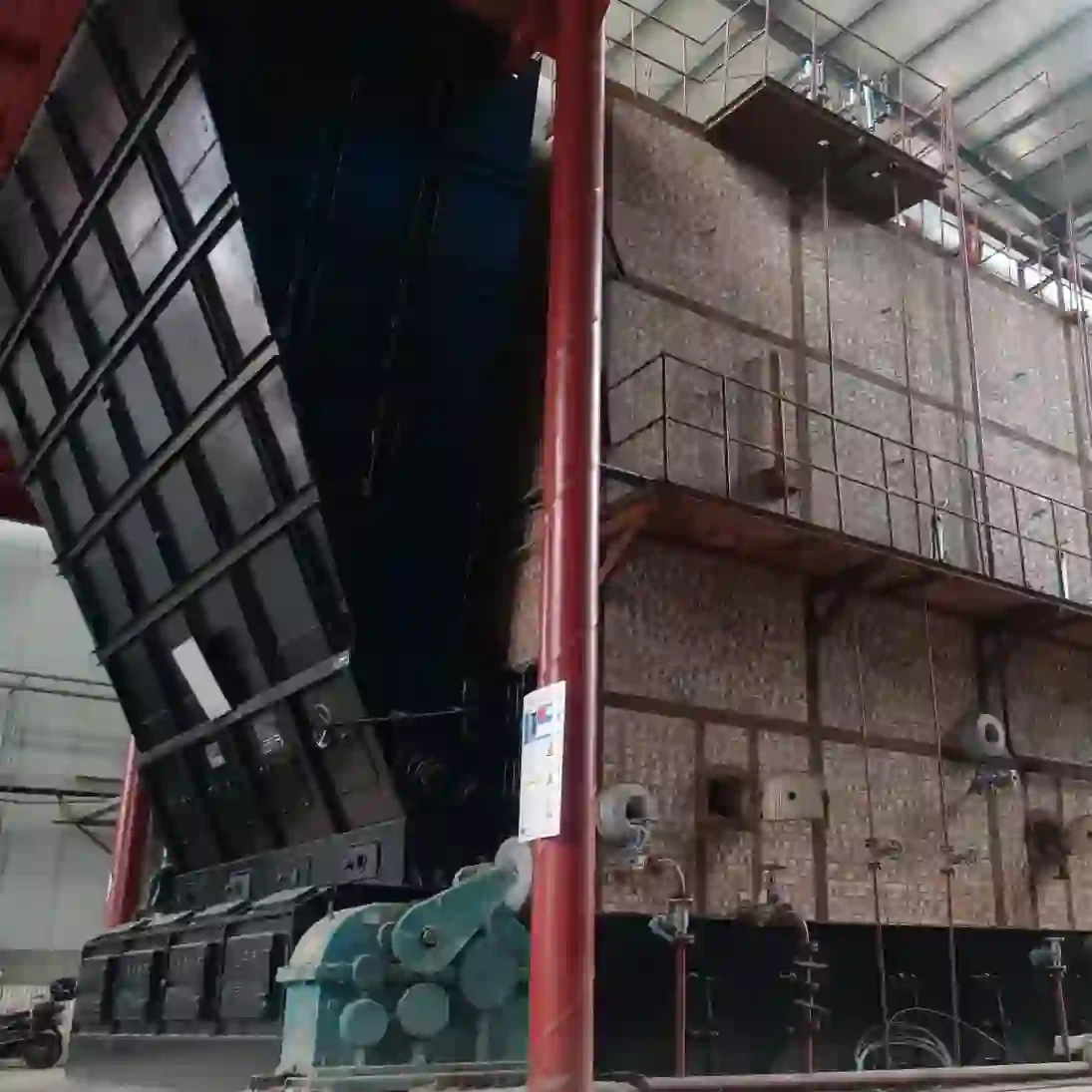
Nov . 18, 2025 11:30 Back to list
Understanding Steam Boiler Working Principle: Efficiency, Safety, and Innovation
The Steam Boiler Working Principle: Why It Still Matters Worldwide
Steam boilers have powered industries, homes, and transportation for centuries. They’re far from obsolete; in fact, understanding the steam boiler working principle remains a cornerstone of modern engineering and energy production. Grasping how steam boilers operate helps us appreciate the technology behind countless critical operations—from electricity generation to food processing to heating systems across the globe. The concept might seem straightforward, but its nuances have huge implications in efficiency, safety, and sustainability worldwide.
In this article, we’ll strip down the basics and explore why this technology, despite the rise of renewables, still keeps the gears of many sectors turning.
Introduction: The Global Context of Steam Boiler Technology
Worldwide, steam boilers are responsible for roughly 80% of industrial steam generation, according to the International Organization for Standardization (ISO). Their ubiquity spans industries including manufacturing, power plants, chemical processing, and food production. The steam boiler working principle is a practical answer to pressing issues like energy conversion efficiency and reliable heating solutions.
However, a challenge remains: many older boiler systems run at suboptimal efficiency, leading to wasted fuel and higher emissions. This inefficiency is precisely the problem engineers and scientists are trying to solve through improved understanding, better materials, and smarter controls. After all, these systems often run 24/7 powering vital processes; downtime isn’t just costly, it’s disruptive.
What is the Steam Boiler Working Principle?
Boiling water to create steam—that's the simple heart of the process. But the steam boiler working principle refers to the way in which heat energy is transferred to water in a closed vessel, turning it into high-pressure steam. This steam then performs work—be it spinning turbines to create electricity or providing heat for industrial processes.
At its core, the boiler converts chemical energy from fuels (like coal, gas, or biomass) or electrical energy into thermal energy. This thermal energy raises water temperature until it changes phase into steam. The design ensures this heat transfer is safe, controlled, and efficient.
Why does this matter today? Because steam remains a highly versatile energy carrier and storage medium, even in the age of renewables. In humanitarian needs—think emergency heating or sterilization—steam boilers offer reliable, often modular, solutions.
Core Components & Key Factors of the Steam Boiler System
1. Durability & Material Selection
Boiler components must withstand extreme pressure and temperature cycles. Materials like stainless steel or treated alloys are common. Many engineers I’ve talked to emphasize how metal fatigue and corrosion resistance define a boiler’s lifespan.
2. Scalability & Size Variability
Steam boilers can range from compact units for small plants to massive power station setups. This versatility means the working principle adapts but the core remains the same: heating water under pressure.
3. Fuel Flexibility & Efficiency
Boilers today run on natural gas, oil, biomass, or even waste materials. The fuel type directly impacts the combustion process, emissions, and overall efficiency. Advancements in burner designs have pushed efficiency above 90% in many modern systems.
4. Safety Mechanisms
The risk of high-pressure steam leaks or explosions means boilers are equipped with pressure relief valves, alarms, and automatic shutdown features. These safeguards are non-negotiable and evolve with standards like ASME Boiler and Pressure Vessel Codes.
5. Control & Automation
Modern boilers use digital controls for monitoring temperature, pressure, and fuel feed. Automation helps optimize performance and minimize human error—important in large industrial settings.
Mini takeaway: Understanding these factors is vital when selecting or maintaining a boiler system—they directly impact safety, performance, and cost efficiency.
Real-World Applications of Steam Boilers Across the Globe
The technology based on the steam boiler working principle finds utility everywhere. Here are some vivid examples:
- Power Generation: In countries like the U.S., China, and Germany, steam turbines powered by boilers produce a large chunk of electricity.
- Food & Beverage Industry: Steam sterilizes equipment and cooks products in many plants, including breweries and dairy farms.
- Oil Refineries & Chemical Plants: They rely on steam for heating reactors and distillation.
- Post-Disaster Relief Operations: Portable steam boilers provide critical sanitation and heating when infrastructures fail.
- Remote Industrial Zones: In mining camps or isolated factories, steam boilers deliver reliable heating without complex infrastructure.
Clearly, the steam boiler’s utility spans both developed and developing regions, proving versatility beyond mere industrial powerhouses.
Advantages & Long-Term Value Provided by Steam Boiler Technology
Here’s what makes it so enduring:
- Cost Efficiency: With fuel versatility and long lifetimes, boilers save money over decades.
- Sustainability: Advances in biomass and waste fuel use reduce carbon footprints.
- Reliability: These units often run continuously with minimal downtime — that kind of dependability builds trust.
- Safety & Human Impact: Automated controls reduce risks, preserving both human life and equipment.
- Innovation Potential: Digital monitoring and IoT integration mean boilers are becoming smarter, opening doors to new efficiencies.
Plus, the simple fact that steam production processes have been optimized for centuries means engineers often build on incredibly mature technology.
Steam Boiler Specifications at a Glance
| Specification | Typical Range | Notes |
|---|---|---|
| Operating Pressure | 1.0 – 20 MPa | Higher pressure for power plants |
| Steam Temperature | 150°C – 600°C | Superheated steam for efficiency |
| Fuel Type | Natural gas, coal, biomass, oil | Fuel flexibility increasing |
| Efficiency | 70% – 95% | Dependent on design & fuel |
| Capacity | From 100 kg/hr to 100 tons/hr | Customized per industry need |
Vendor Comparison: Popular Steam Boiler Manufacturers
| Manufacturer | Fuel Options | Efficiency Range | Automation Level | Price Range (USD) |
|---|---|---|---|---|
| HZ Boiler Co. | Gas, Biomass, Oil | 85% - 94% | High (IoT-enabled) | $50k - $500k+ |
| FurnaceTech Ltd. | Coal, Oil | 75% - 88% | Medium | $30k - $300k |
| GreenHeat Solutions | Biomass, Waste Fuels | 80% - 90% | High | $40k - $400k |
Future Trends & Innovations in Steam Boiler Technology
The horizon looks promising. Using green fuels like hydrogen and biomass gasification is beginning to reshape how boilers are designed and operated. Digital transformation through IoT allows operators to analyze performance data in real-time, paving the way for predictive maintenance and superb energy optimization.
There's also growing interest in integrating carbon capture directly with boilers for cleaner emissions. Frankly, it feels like the classic steam boiler system is getting a fresh coat of tech sophistication. If you like, it’s a bit like giving an old-timer a new engine — same core, but smarter and cleaner.
Common Challenges & How the Industry is Overcoming Them
Boilers face issues like corrosion, scale buildup, and operational inefficiencies. Many older designs suffer from incomplete combustion leading to wasted fuel. Experts suggest regular maintenance, using advanced water treatment, and adopting control system upgrades as practical solutions.
Moreover, policy incentives driving emission reductions push manufacturers toward redesigning systems for lower carbon output, often requiring upfront investment but promising long-term cost savings and environmental compliance.
Frequently Asked Questions About Steam Boiler Working Principle
- Q1: How does the steam boiler working principle impact fuel consumption?
- Efficient heat transfer and proper boiler design minimize fuel usage. Modern controls optimize combustion, reducing waste. So understanding the principle helps choose or maintain boilers that make the most of fuel input.
- Q2: What safety features are essential in steam boilers?
- Key safety components include pressure relief valves, water level indicators, and automatic shutdown systems. Together, they prevent dangerous overpressure or dry firing conditions.
- Q3: Can steam boilers use renewable fuels effectively?
- Absolutely. Many boilers run on biomass or biogas, which are renewable and reduce carbon footprint. The steam boiler's working principle adapts well to different fuels with suitable burner designs.
- Q4: How long do industrial steam boilers typically last?
- With proper maintenance, industrial boilers can operate reliably for 20-30 years or more. Material quality and usage play big roles in lifespan.
- Q5: Are digital controls making steam boilers easier to operate?
- Yes. Digital control systems provide real-time monitoring and automation, reducing human error and improving efficiency.
Conclusion & Call to Action
The steam boiler working principle remains one of the quiet giants in global energy and industry. Its enduring presence owes to a simple, robust principle—turning heat into powerful steam to perform work—that adapts across scales, fuels, and innovations.
Understanding this technology isn’t just academic; it shapes sustainable energy solutions, industrial reliability, and even emergency humanitarian response today. For those seeking detailed insights or advanced boiler systems, do visit HZ Steam Boiler’s website. Sometimes, the best way forward is with a good grasp of the basics, and a partner who knows the practical side inside and out.
References:
-
Comprehensive Guide to Steam Boiler Installation Diagram – Global Best Practices and Future Trends
NewsNov.24,2025
-
A Practical Guide to the Selection of Steam Boiler for Industrial Efficiency
NewsNov.23,2025
-
Comprehensive Guide to Steam Boiler PDF Manuals and Their Global Impact
NewsNov.22,2025
-
Discover How Steam Boiler Videos Improve Industrial Training & Safety
NewsNov.22,2025
-
Comprehensive Guide to Wood Fired Steam Boiler Design – Efficiency, Applications, and Innovations
NewsNov.21,2025
-
Comprehensive Guide to Steam Boiler Working – Efficiency & Applications
NewsNov.20,2025
Related PRODUCTS






